Messy play activities for early years
- Cognitive
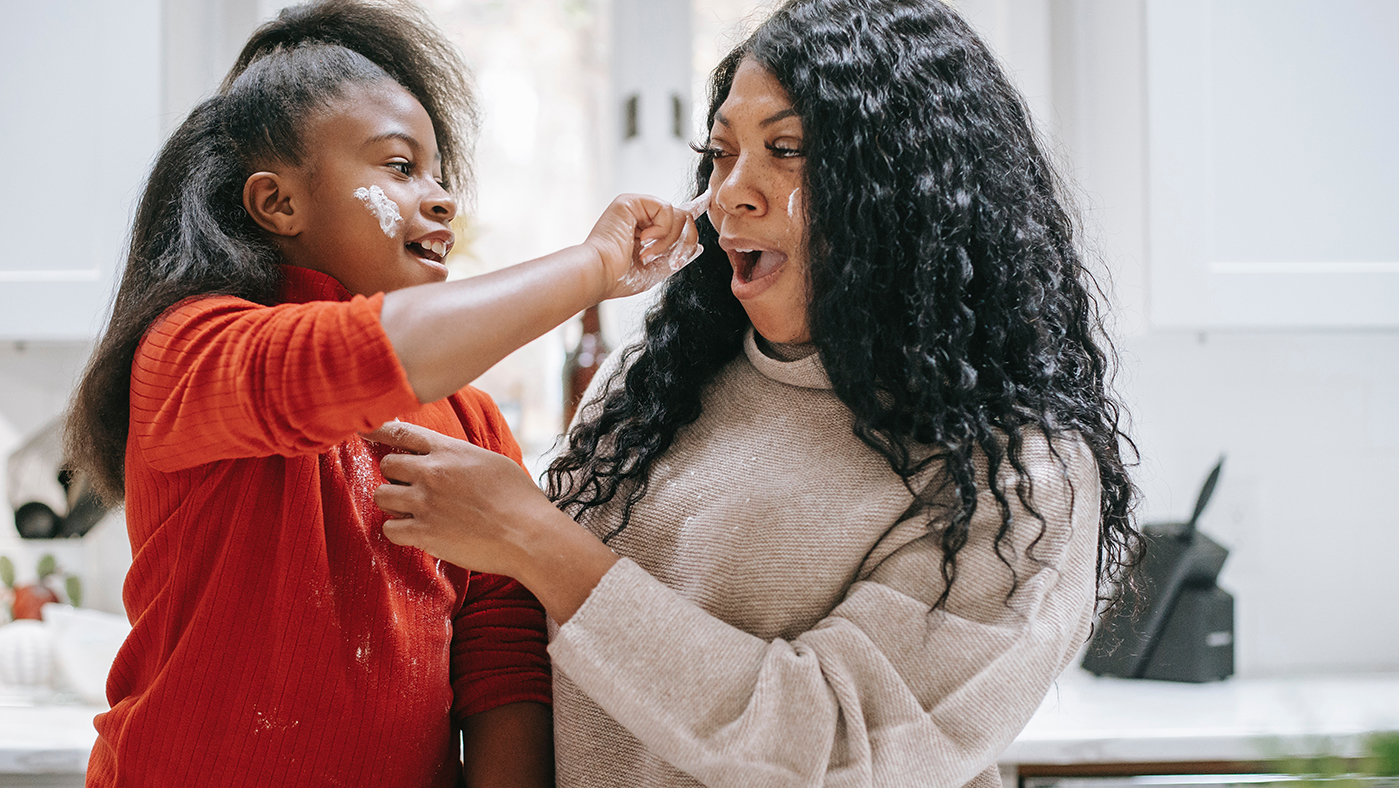
The term ‘messy play’ often conjures up images of primary-coloured paints splattered on the walls and children with jelly in their hair. It can just sound a lot like a way of handing over the contents of the kitchen cupboard and its surroundings to your child and leaving them to it. However, there is much more to it than the perceived chaos at the kitchen table!
When done right, messy play is something that can be highly engaging and beneficial for children’s development. There's a wide variety of messy play activities that allow children to explore, experiment and be creative, developing skills across all the six streams of development. Let's take you through some of our favourites here at My First Five Years!
Messy play and sensory development
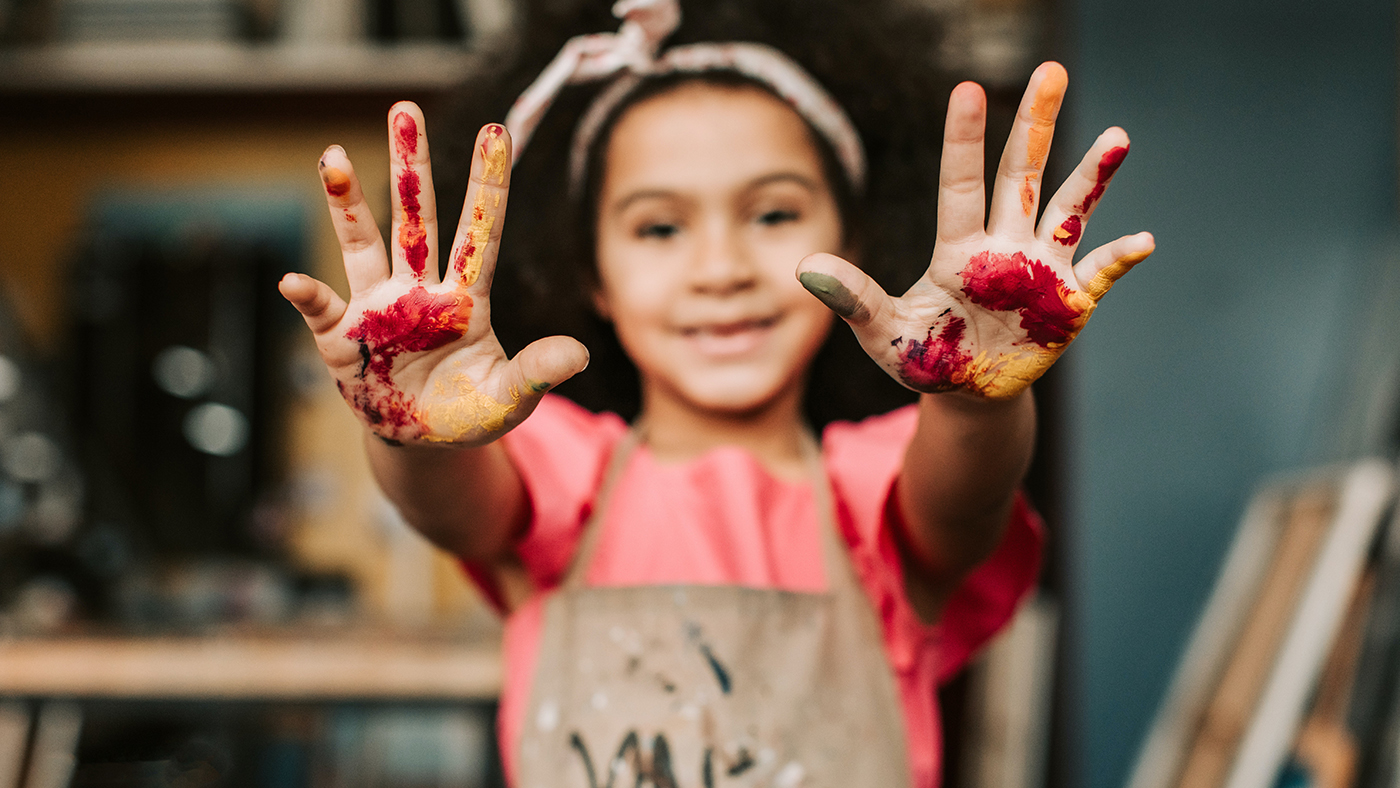
Many links can be made between messy play and sensory development. A lot of this sort of play involves experimenting with brand new textures and exploring objects using touch, taste, smell and vision, which, in turn, will help to develop these senses further.[1]
Sensory play has been found to have many benefits for young children, including bringing the senses together as your child explores the materials using all of their senses. This supports something called sensory integration, where the senses work effectively together. Playing with messy items can help children become more comfortable with food textures, for example, handling wet spaghetti will help them to become more experienced in handling these textures and, in turn, they will be more likely to have a go at eating them.[2] Food play does not have to be made to look like an activity, simply allowing babies and children to explore their food at mealtimes is a great sensory experience. Learning to eat to conform to social norms can come later.
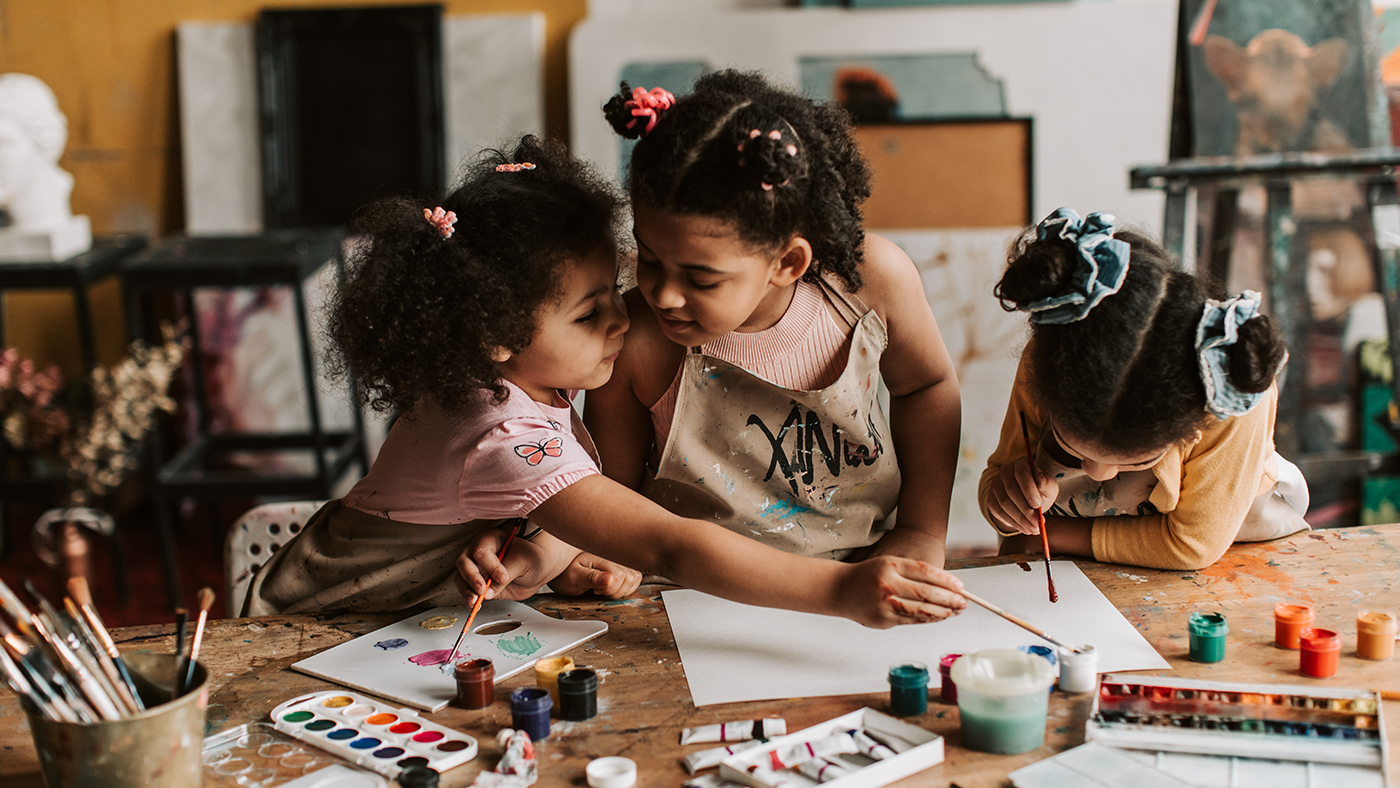
Messy play and language development
Messy play also supports children in their language development. During messy play, children will be extending their vocabulary when discussing what they can smell, hear, feel, and see.[1] When children are engaging in messy play with others, they will likely talk about what they are doing with their peers, encouraging speech. Messy play is also a wonderful opportunity for you to introduce new vocabulary using words such as warm, cold, slimy, squishy and so on!
Messy play and fine and gross motor development
Introducing messy play to your child also supports the development of their motor skills. When engaged in messy play, most children will primarily be using their hands; You may observe your child picking up objects between their fingers and learning how to handle a variety of textures.
Messy play can also support children with developing their hand-eye coordination as they play with different messy materials, pass them from hand to hand and even put them into different containers.[3] Alongside fine motor movements, your child will also be making larger-scale gross motor movements during messy play, for example, if they are using their
fingers to write in gloop. A good way to encourage muscle development during messy experiences is to remove the chair. Encourage your child to stand when exploring so they have to use their core and large muscles to remain upright and steady.
Messy play and cognitive development
For many children, messy play will be the first type of learning that will be similar to a scientific experiment. During messy play, young children will develop their early prediction skills as they observe how they can move, alter and combine a wide range of materials and textures.[3]
Messy play is also a great way of exploring cause and effect with young children. You may see your child trying out different amounts of objects to mix to see what happens to them, or they might even start to plan things during messy play to achieve a planned effect, especially as this skill develops and they begin to predict. Some children may also play with concepts of number, weight and amounts in messy play.[3]
Messy play activities for babies
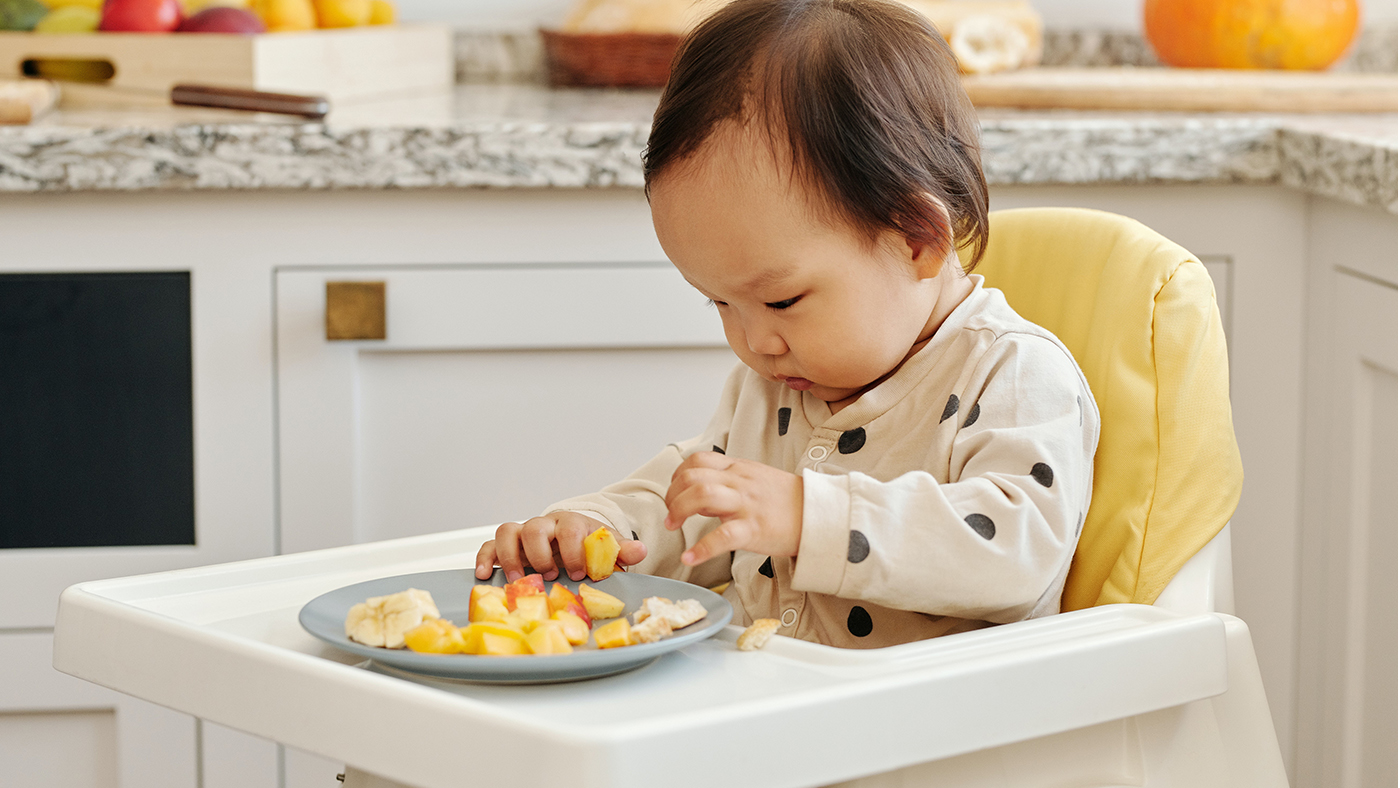
When establishing messy play activities for babies, it can feel a bit daunting, especially if your baby tends to enjoy exploring using their mouth, lips and tongue. However, there are many taste-safe options for messy play available.
Messy mealtimes
Meal and snack times are a good opportunity for your child to play with new textures, using their hands, fingers and mouth. When your child is in their highchair or seat, provide different finger foods that they can explore, for example, fruits that they can feel and squash such as strawberries and banana or cooked and cooled-down pieces of vegetable like sweet potato and broccoli. Encourage your child to feel and touch their food before eating. Handle the food yourself too and use words and facial expressions with your baby to show interest in the textures.
Jelly play
As well as being taste-safe, jelly play can encourage your child to experiment with different textures. Jelly play is also easy to adapt to the space and resources that you already have at home. For instance, if you have the room, you could put sit your child on a waterproof mat, in a tray or container that is large enough for them to fit in, and place chunks of jelly inside the container with them. When sitting in the jelly, they will be able to play with it with different parts of their body – for instance, they could rub their feet and legs in it or pick it up with their hands. Encourage your child to smell the jelly too. Some babies might even like playing with jelly during tummy time, and with smaller babies, this could motivate them to move around the mat.
If you don’t have the space to sit or lie your baby in jelly, you could sit them up and give them a bowl of it to play with using their hands.
Messy play ideas for toddlers
At this stage, your child may be ready for more new messy play experiences, including playing with colours and temperatures, as well as textures. Many parents may still prefer to use taste-safe messy play with their young children.
Colourful ice
Your child may now have developed their ability to grip items. Ice play enables children to play with items of different temperatures and explore how they can be changed. To help your child explore ice, freeze water mixed with food colouring overnight, and when it is ready, place it on a tray or waterproof mat for your child to play with. If you have a container big enough, you could even sit your child inside it as they play with the coloured ice.
Playing with ice can support children in their fine and gross motor development, as they handle the pieces and slide them around surfaces. This activity can also help develop cognitive skills, as children will watch how the ice changes temperature and melts, and how the colours mix.
Fish in jelly
This activity may require a little more organisation. To set it up, prepare jelly in different sized and shaped containers – this could be in ice cube trays, small bowls or old yoghurt pots, for example. Place toy fish (or a similar toy) inside the jelly when it is still a liquid. When the jelly is set, the fish should be ‘trapped’ inside the pieces of jelly.
Place the jelly blocks on a tray, mat, or in a bowl for your child to explore. See if they can rescue the fish from inside the jelly and observe how they play with the jelly. This activity could even be done in a water tray, enabling your child to play with multiple mediums and textures at once.
Sensory water play
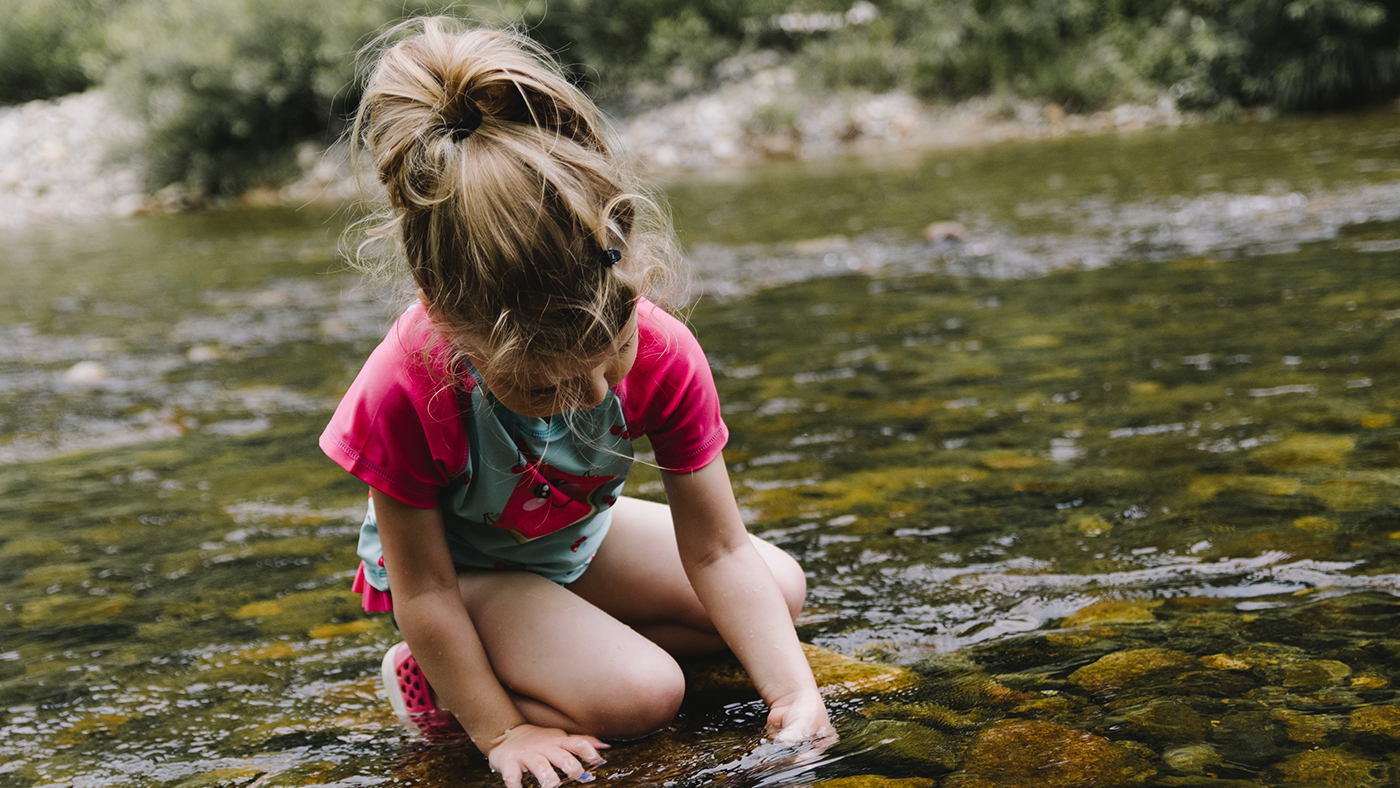
Water play is easily adaptable for children who may have a variety of interests, and for children of different ages. To add new elements to water play, different materials can be added. For example, ice (especially coloured ice) can be put in the water for your child to explore temperature changes and the differences between water and ice.
Other ideas for sensory water play could be to add natural objects into a water tray. This could be grass, leaves, and plants that your child could feel, stir and use to make a ‘soup’ or a ‘magic potion’. When thinking of how to adapt sensory water play, think about what your child’s current interests are.
Activities like this can create different opportunities for children to explore textures, have a go at changing them themselves and even try using tools such as spoons and whisks that support both fine and gross motor skills.
Sensory bins
Like water play, sensory bins are another messy play activity that can be adapted to the interests and abilities of your child. Many household containers can be used to create a sensory bin, such as a washing up bowl, large tupperware box or a roasting tin.
When creating a sensory bin for your child, try to include a few different materials and textures. For instance, if you are making a dinosaur sensory bin, you could include soil, sand and water, as well as large pebbles and grass.
Messy play ideas for Preschoolers
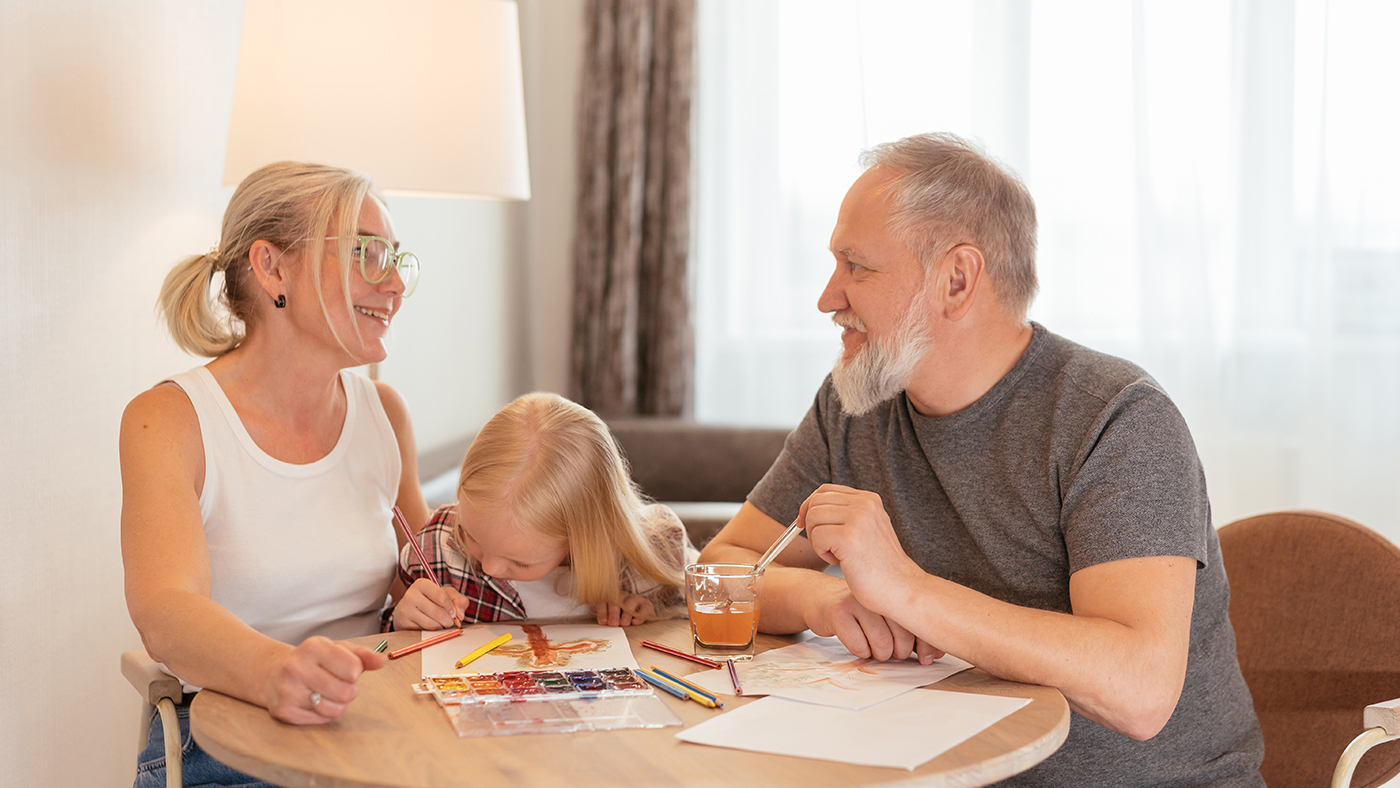
As children are developing their interests alongside their skills, there are growing opportunities for brand-new messy play activities.
Paint-mixing
Lots of children like playing with colour and enjoy how it can be changed. Paint can easily be mixed using hands, tools and on different surfaces. You may want to put the paint straight onto a tray for it to be mixed, or you could add some extra texture into the activity – for instance, you could cover a table in bubble wrap or line a tray with it.
Paint-mixing is a great way to explore cause and effect, and to develop fine and gross motor skills.
Gloop mark-making
A simple cornflour and water mix is a great messy mark-making medium. Just mix two parts cornflour to one part water and place into a wide, flat container, such as a baking tray. You could encourage your child to make marks in the mixture using their fingers or using a tool such as a stick or a paintbrush.
Mud
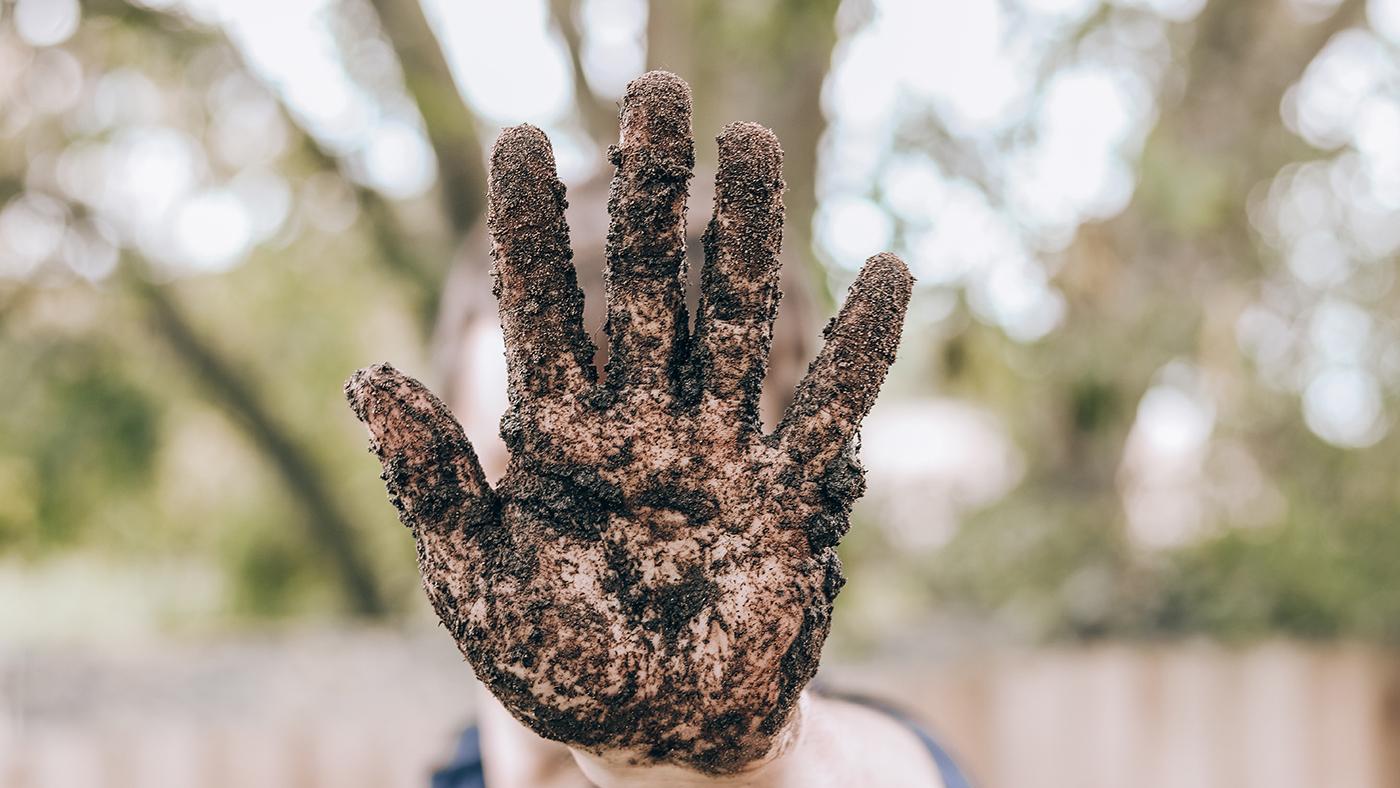
Mud play is often where messy play meets 'role play'. If you have an outdoor surface that your child can access, add old kitchen utensils, mud and water for your child to have a go at making their own muddy ‘meals’. When setting up mud play for your child, try to include a variety of tools that can engage their fine and gross motor development.
Oats construction
Using alternative materials for everyday activities is a great way to keep children engaged in sensory play. Mix porridge oats and a little water in a large bowl (such as a washing up bowl) or a tray. Add in some toys that your child uses to construct, such as diggers or scoops, and
encourage them to squash and manipulate the oats to get them to stick in the way that is desired.
Make your own playdough
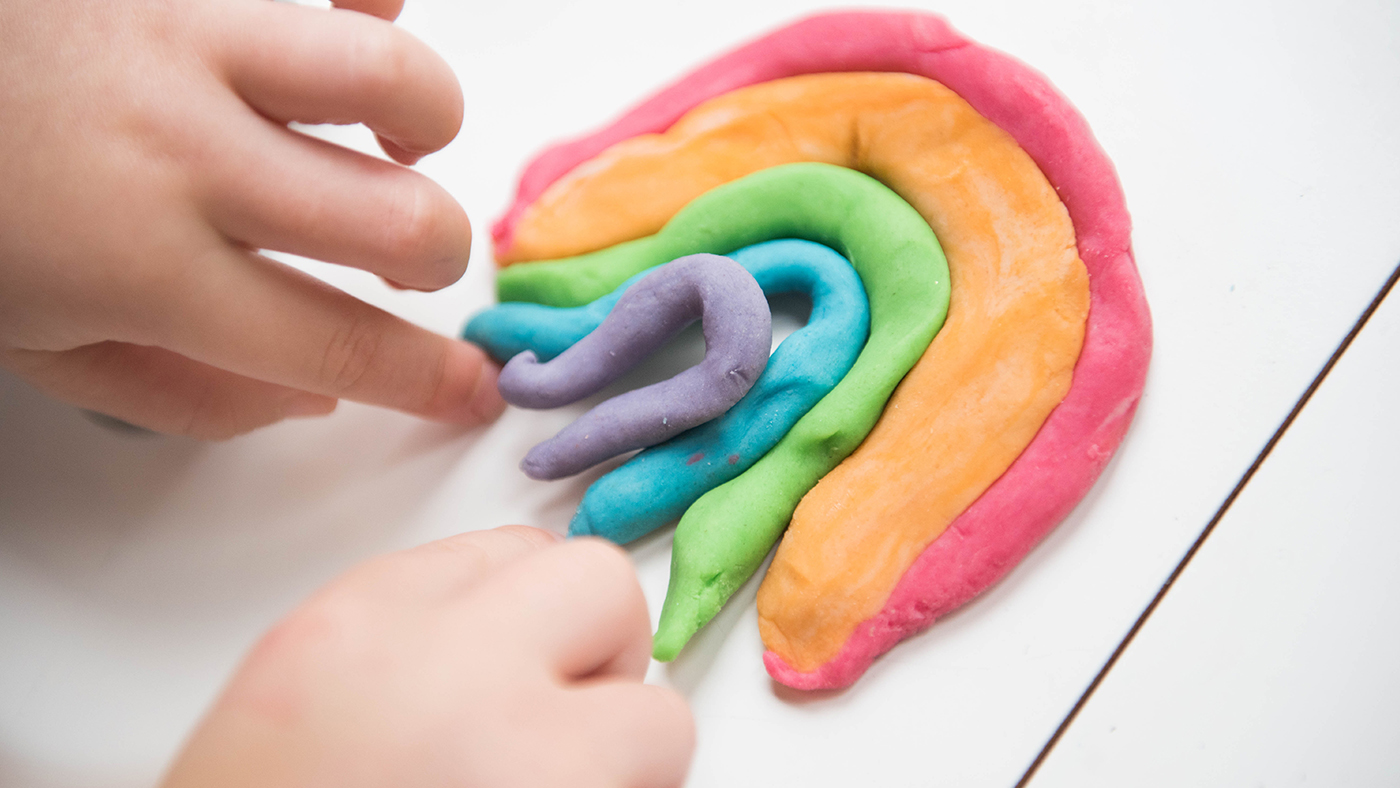
Homemade playdough is a great messy activity that you and your child can take part in together. Just mix two cups of plain flour, two tablespoons of oil, half a cup of salt, between one and one-and-a-half cups of water, two tablespoons of cream of tartar and a touch of food colouring to a bowl and mix.
Your child can take ownership of the playdough that they make by choosing a food colour to add, and even putting a scent into it. For an added sensory experience, you could add beads, sprinkles or seashells into the finished dough.
There are many more messy play ideas for children of all ages to try – it is worth remembering that it is not one size fits all, and what one child may enjoy, another will not. Most messy play activities on this list are easily adaptable to suit your child's interests and level of development.
For hundreds more ideas of how to support your child’s learning and development through play, visit our app in the app store.
References:
[1] Barking and Dagenham Portage Service. (2021). Messy Play. Available: https://www.lbbd.gov.uk/sites/default/files/attachments/Messy-play.pdf.
[2] Goodstart . (2016). Exploring the benefits of sensory play. Available: https://www.goodstart.org.au/news-and-advice/october-2016/exploring-the-benefits-of-sensory-play.
[3] Parent’s Guide: Early learning – Messy play. (2019). Annette Rawstrone. Available: https://www.nurseryworld.co.uk/features/article/parent-s-guide-early-learning-messy-play.

